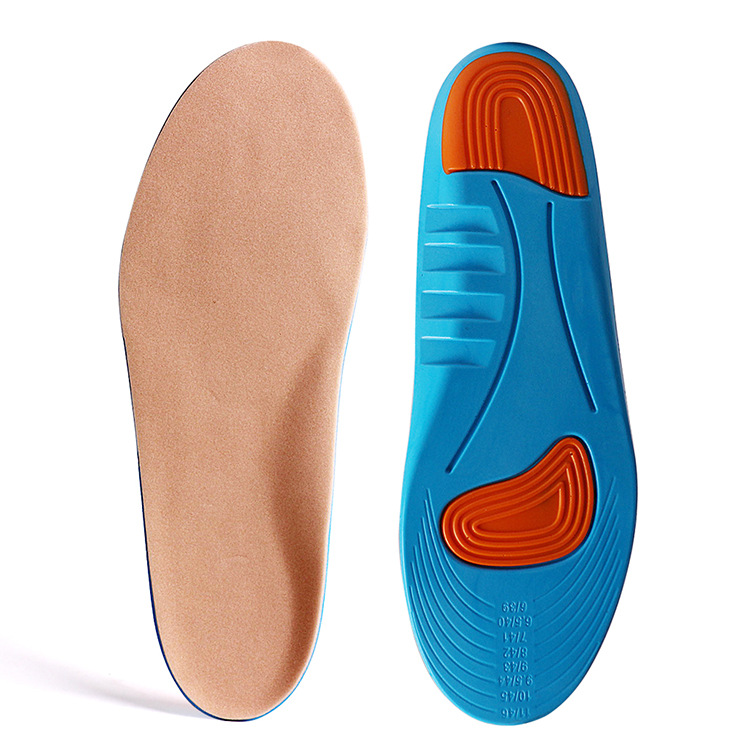Understanding the Role of Diabetic Insoles in Foot Care: A Comprehensive Guide
Introduction
Diabetes is a chronic medical condition affecting millions of people worldwide. While it primarily targets blood sugar regulation, its impact extends far beyond just glucose levels. Diabetes can lead to a variety of complications, with foot problems being one of the most common and troublesome. Diabetic foot complications, such as neuropathy, ulcers, and poor circulation, can result in severe consequences, including amputations.
To combat these issues and improve the quality of life for individuals with diabetes, medical professionals have developed various tools and treatments. Among these, diabetic insoles play a crucial role in managing foot health. In this comprehensive article, we will delve into what diabetic insoles are, how they work, and their importance in diabetes management.
I. Understanding Diabetes and Its Foot Complications
1.1. Diabetes Overview
- Brief explanation of diabetes, its types, and prevalence.
- Importance of blood sugar control in diabetes management.
1.2. Diabetic Foot Complications
- Neuropathy: Nerve damage and its effects on sensation.
- Poor Circulation: Reduced blood flow to the feet.
- Ulcers and Infections: Skin breakdown and risk of infections.
- Amputation: Severe consequences of untreated complications.
II. The Role of Footwear in Diabetes Management
2.1. The Importance of Proper Footwear
- How ill-fitting shoes can exacerbate diabetic foot problems.
- Characteristics of suitable diabetic footwear.
2.2. Diabetic Socks
- Benefits of diabetic socks in moisture management and comfort.
- How they complement the use of diabetic insoles.
III. What Are Diabetic Insoles?
3.1. Definition and Purpose
- Explanation of diabetic insoles and their primary function.
- How they differ from standard shoe insoles.
3.2. Types of Diabetic Insoles
- Overview of off-the-shelf and custom-made diabetic insoles.
- Pros and cons of each type.
IV. How Diabetic Insoles Work
4.1. Pressure Redistribution
- Explanation of how diabetic insoles distribute weight evenly.
- Reducing pressure points to prevent ulcers and blisters.
4.2. Shock Absorption
- Role of shock-absorbing materials in diabetic insoles.
- Protecting feet from impacts during walking.
4.3. Arch Support
- Importance of arch support for individuals with diabetes.
- Reducing strain on the arches and preventing deformities.
4.4. Moisture Management
- How diabetic insoles help keep feet dry.
- Prevention of fungal infections and skin breakdown.
V. Custom-Made vs. Off-the-Shelf Diabetic Insoles
5.1. Custom-Made Diabetic Insoles
- The process of obtaining custom insoles.
- Tailored solutions for individual foot problems.
5.2. Off-the-Shelf Diabetic Insoles
- Accessibility and affordability of pre-made insoles.
- When they might be suitable for diabetic patients.
VI. Benefits of Using Diabetic Insoles
6.1. Prevention of Complications
- How diabetic insoles contribute to preventing ulcers, infections, and amputations.
- Evidence-based studies supporting their effectiveness.
6.2. Enhanced Comfort and Mobility
- Improved walking and daily life experiences for diabetic individuals.
- Reduction in foot pain and discomfort.
6.3. Better Blood Circulation
- How insoles can aid in maintaining adequate blood flow.
- Implications for overall foot health.
VII. Tips for Choosing and Using Diabetic Insoles
7.1. Consultation with Healthcare Professionals
- The importance of seeking advice from podiatrists or diabetes specialists.
- Recommendations for selecting the right type of insole.
7.2. Proper Fitting
- Ensuring insoles fit correctly in footwear.
- Preventing discomfort or interference with shoe fit.
7.3. Regular Monitoring
- The need for periodic assessments and adjustments.
- Staying proactive in foot care.
VIII. Conclusion
In conclusion, diabetic insoles are invaluable tools in the management of diabetic foot complications. They offer a range of benefits, from pressure redistribution and shock absorption to arch support and moisture management. Whether custom-made or off-the-shelf, these insoles play a pivotal role in preventing ulcers, infections, and even amputations.
As diabetes continues to be a prevalent health concern, it is crucial for individuals with diabetes to understand the significance of proper foot care. Diabetic insoles, in conjunction with appropriate footwear and regular medical check-ups, contribute to improved comfort, mobility, and overall quality of life for those living with diabetes. By taking proactive measures and seeking professional guidance, individuals can effectively manage their foot health and reduce the risk of diabetic foot complications.
